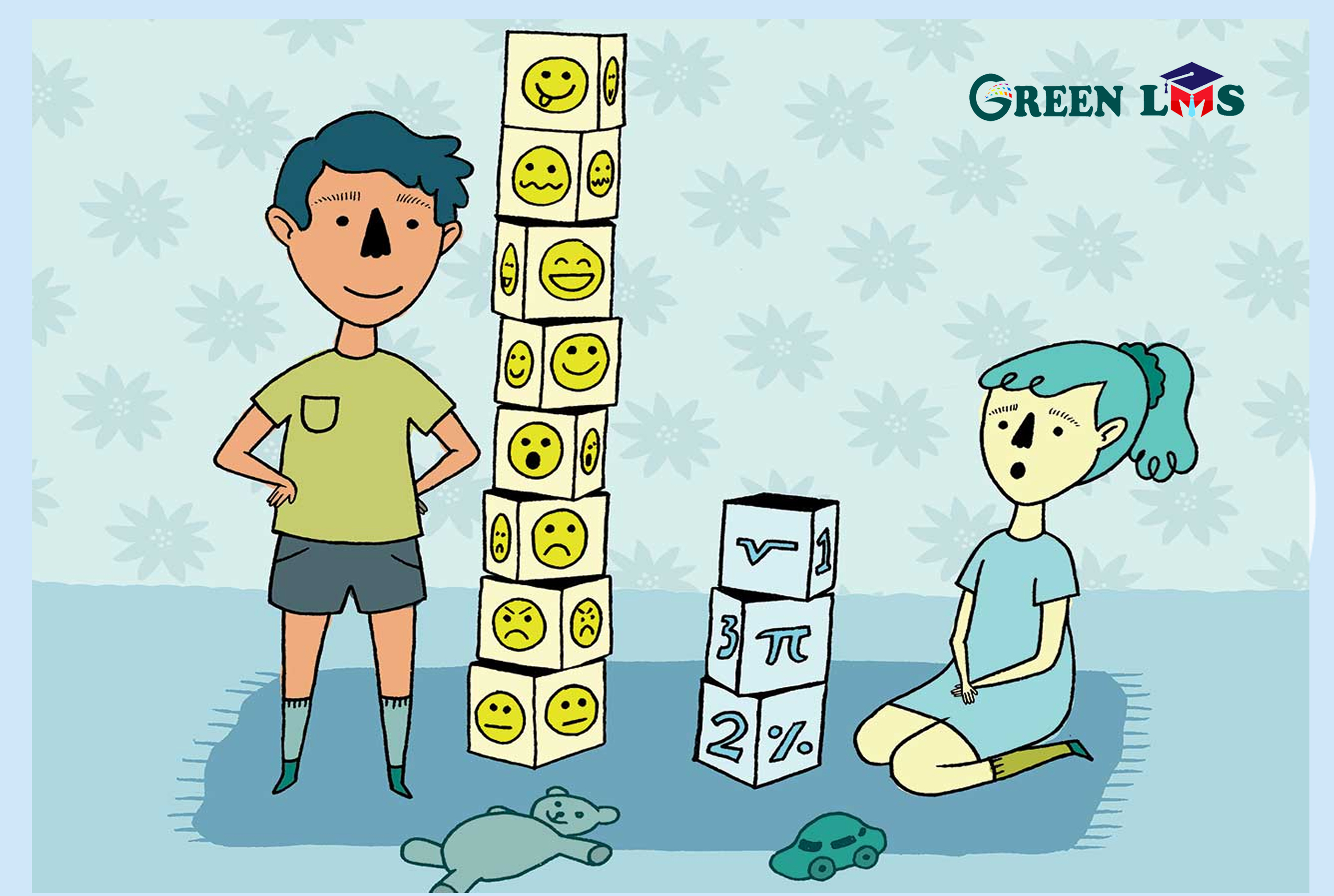Practical tips for educators on fostering EQ in the classroom and its potential to positively impact students' academic and personal lives.
Fostering Emotional Intelligence in Schools: A Real-Life Example and Its Impact

Exploring the significance of emotional intelligence through a relatable classroom scenario and examining the benefits and long-term effects of nurturing EQ skills in schools.
Introduction
Emotional intelligence (EQ) refers to the ability to recognize, understand, manage, and use one’s emotions effectively in interactions with others and oneself. EQ encompasses skills such as self-awareness, self-regulation, empathy, motivation, and social skills. As a vital component of personal and academic success, emotional intelligence is increasingly being recognized and integrated into educational settings. In this article, we will explore a real-life example of emotional intelligence in school, delve into its impact, and examine the benefits of nurturing EQ skills in students.
A Real-Life Example of Emotional Intelligence in School
To illustrate emotional intelligence in action, consider the following classroom scenario involving a group project:
A group of students is assigned a collaborative science project to design and conduct an experiment. During the project, one of the students, Maria, notices that her classmate, Jake, is struggling to keep up with the group’s progress and appears increasingly stressed and disengaged. Maria demonstrates emotional intelligence by recognizing and understanding Jake’s emotional state and approaching him to offer support.
Maria first employs active listening and empathetic communication, allowing Jake to express his concerns and frustrations. She then helps him break down the project into manageable tasks, offering encouragement and reassurance. By working together, Maria and Jake are able to develop a plan that enables Jake to catch up with the group and complete the project successfully.
Throughout this process, Maria demonstrates key components of emotional intelligence, including:
- Self-awareness: Maria recognizes and manages her own emotions in response to Jake’s situation, enabling her to approach him calmly and constructively.
- Empathy: Maria is able to understand and share Jake’s feelings, allowing her to connect with him and provide effective support.
- Social skills: Maria communicates effectively with Jake, using active listening and clear, empathetic language to create a safe space for him to express his concerns.
- Self-regulation: Maria remains patient and composed when helping Jake, even if she feels frustrated or overwhelmed by the situation.
Impact of Emotional Intelligence in the Classroom Scenario
In this example, Maria’s display of emotional intelligence has several positive impacts on both her and Jake:
- Improved communication: By approaching Jake with empathy and understanding, Maria facilitates open and honest communication, allowing them to address the issue effectively.
- Enhanced collaboration: Maria’s support enables Jake to re-engage with the group, strengthening the team’s overall collaboration and the quality of their project.
- Reduced stress and anxiety: By helping Jake manage his emotions and develop a plan to catch up with the project, Maria contributes to a decrease in his stress and anxiety levels.
- Personal growth: Maria’s demonstration of emotional intelligence serves as a learning experience for both her and Jake, fostering the development of their own EQ skills and resilience.
Comments
Post a Comment